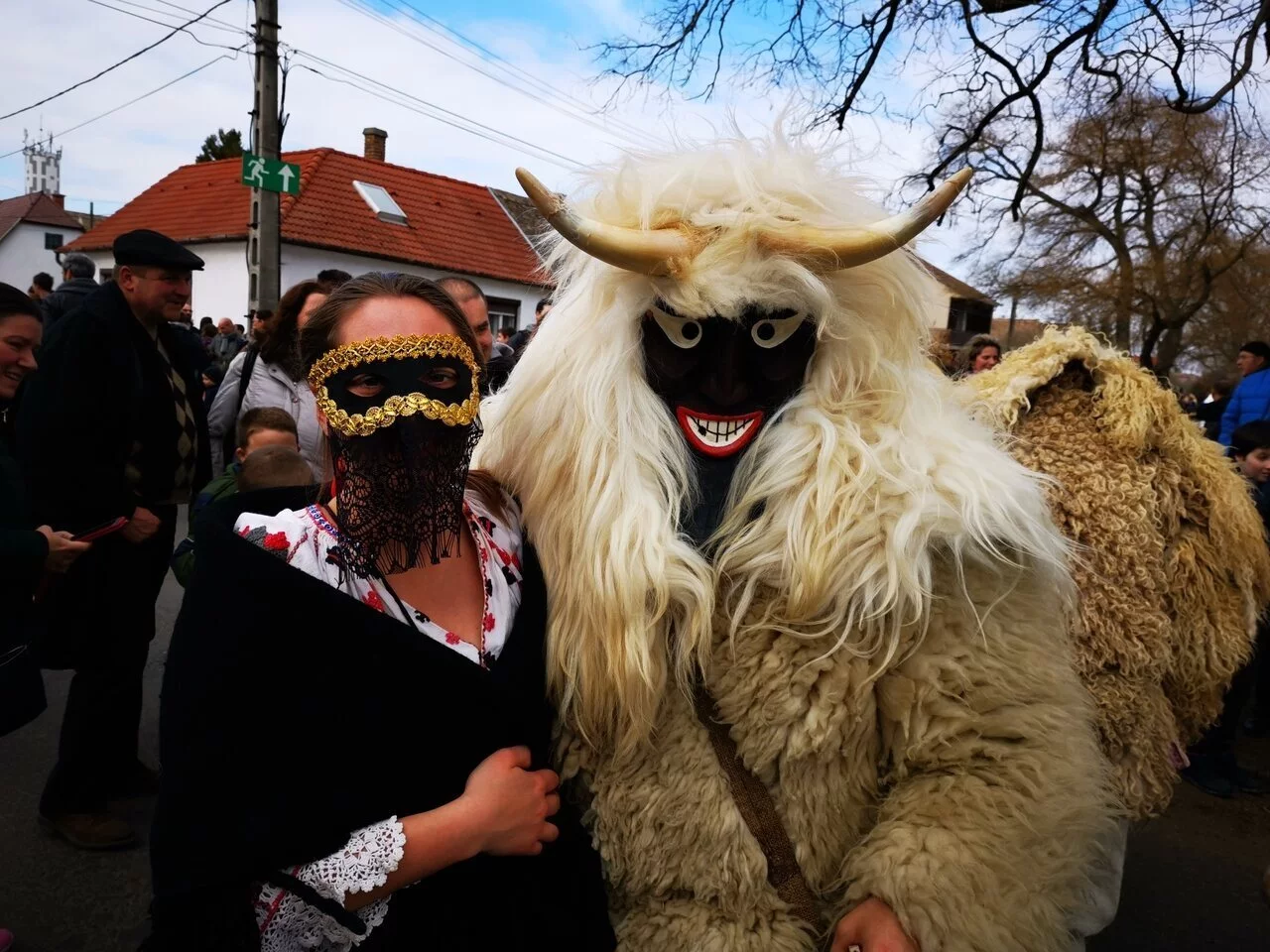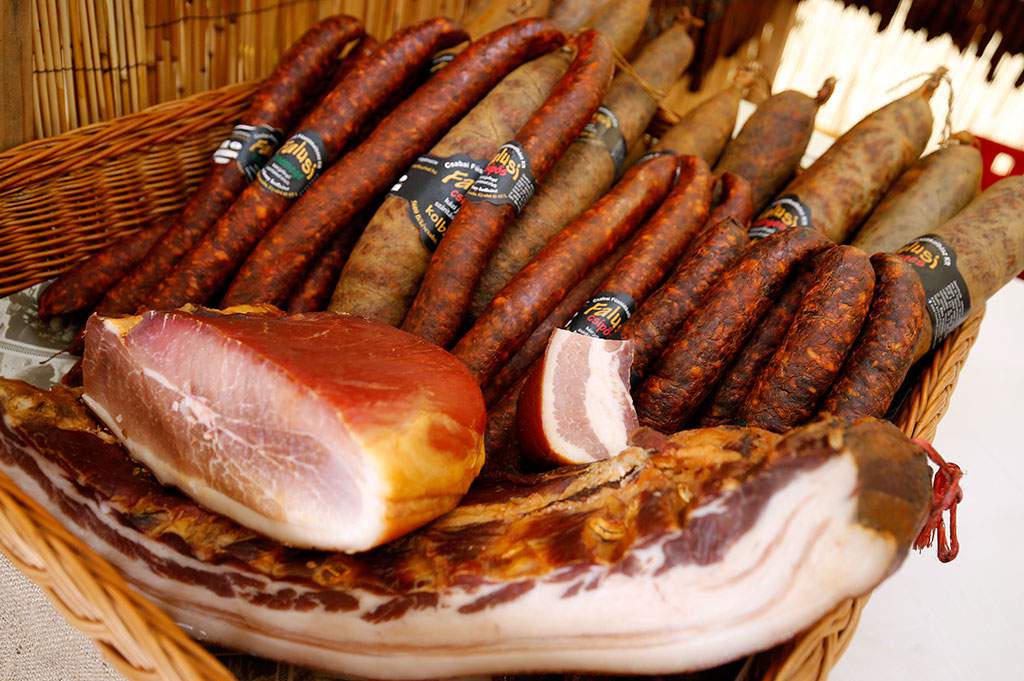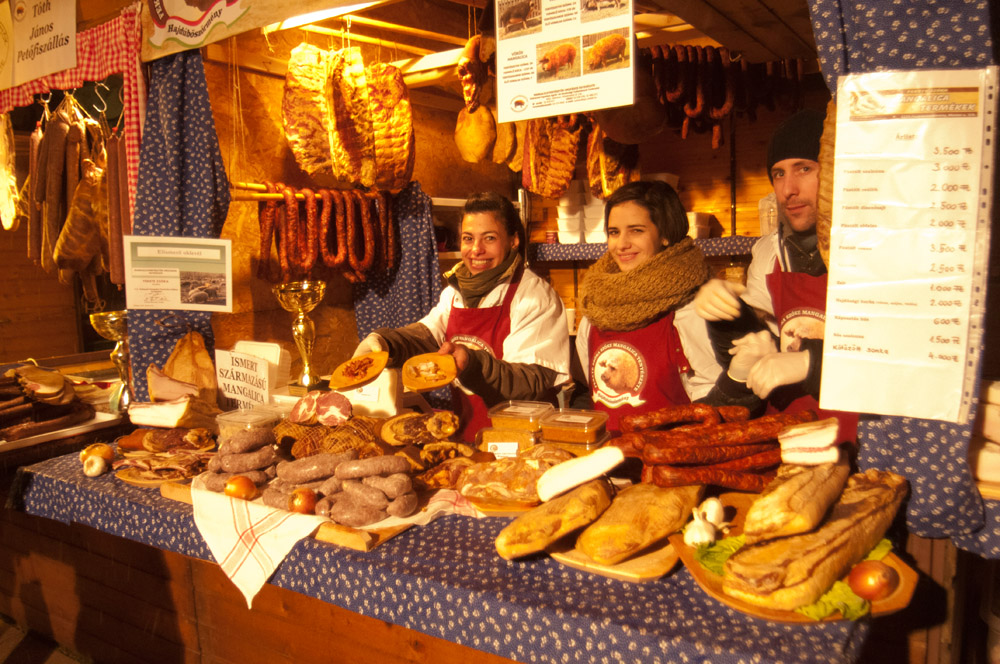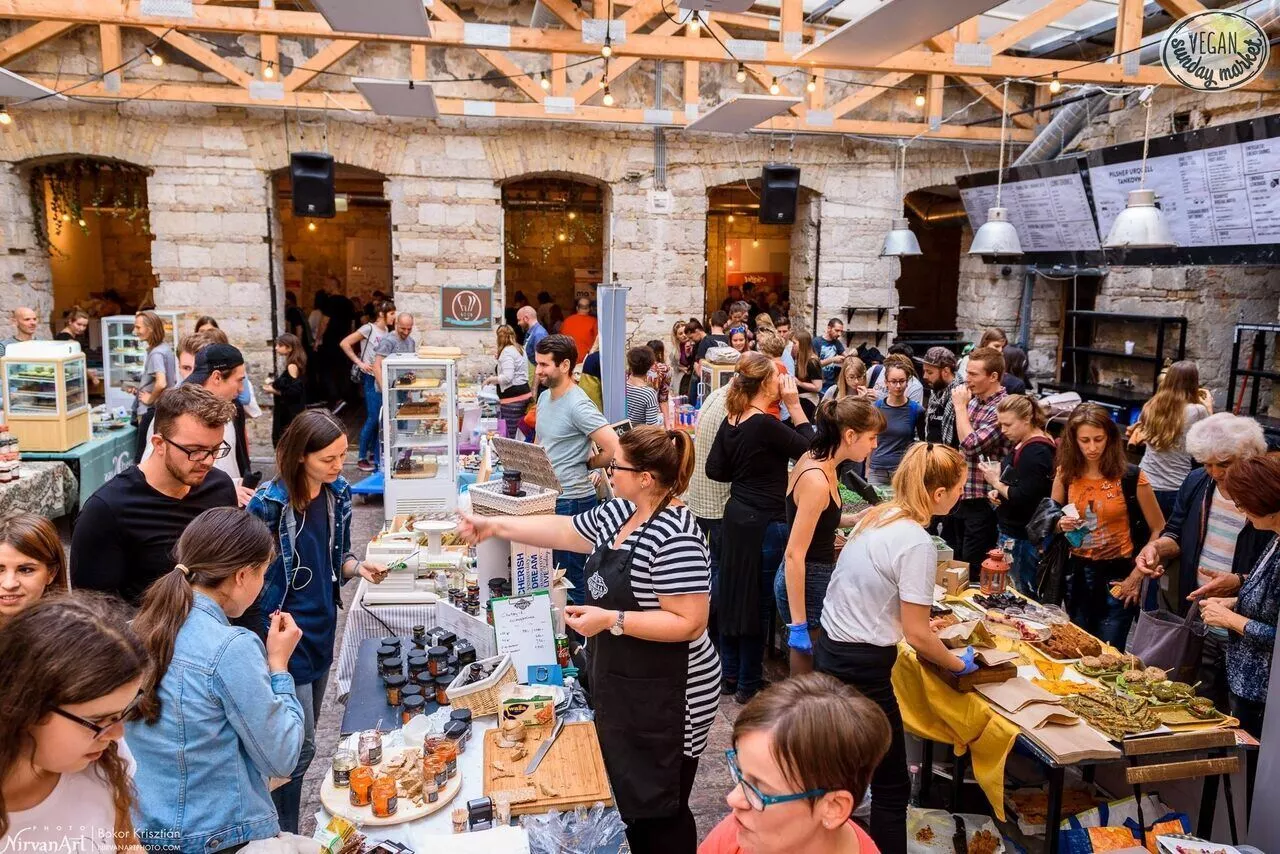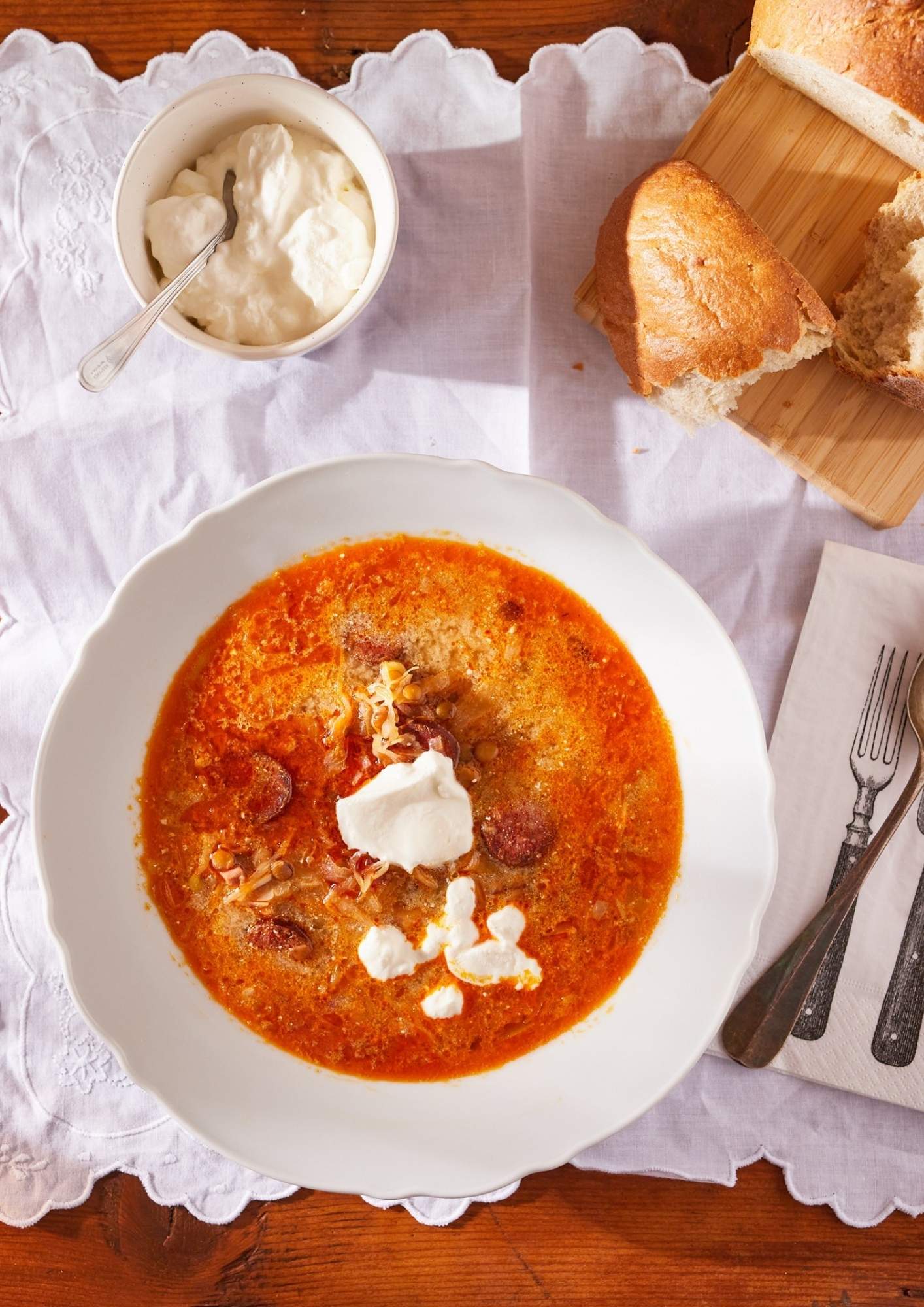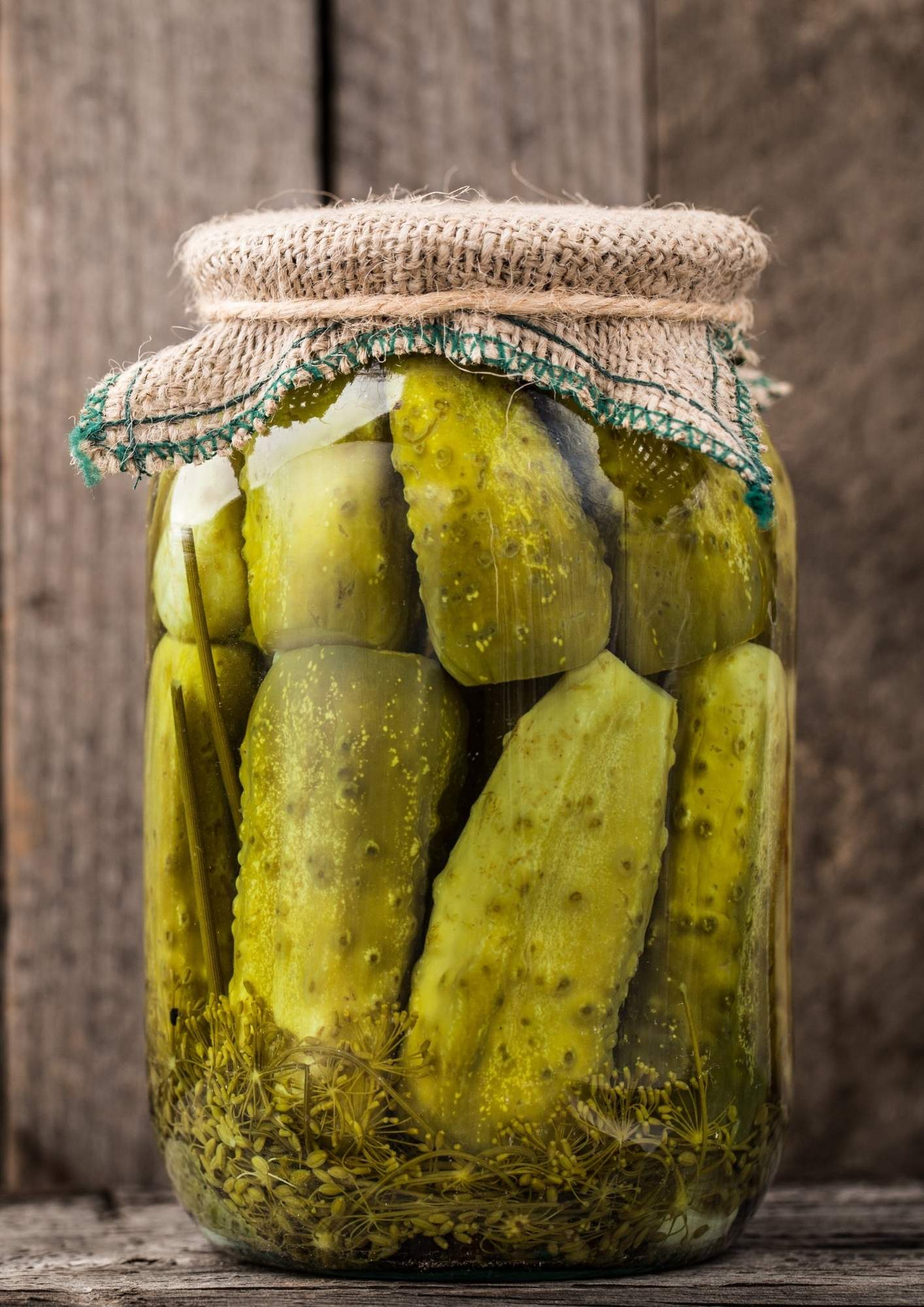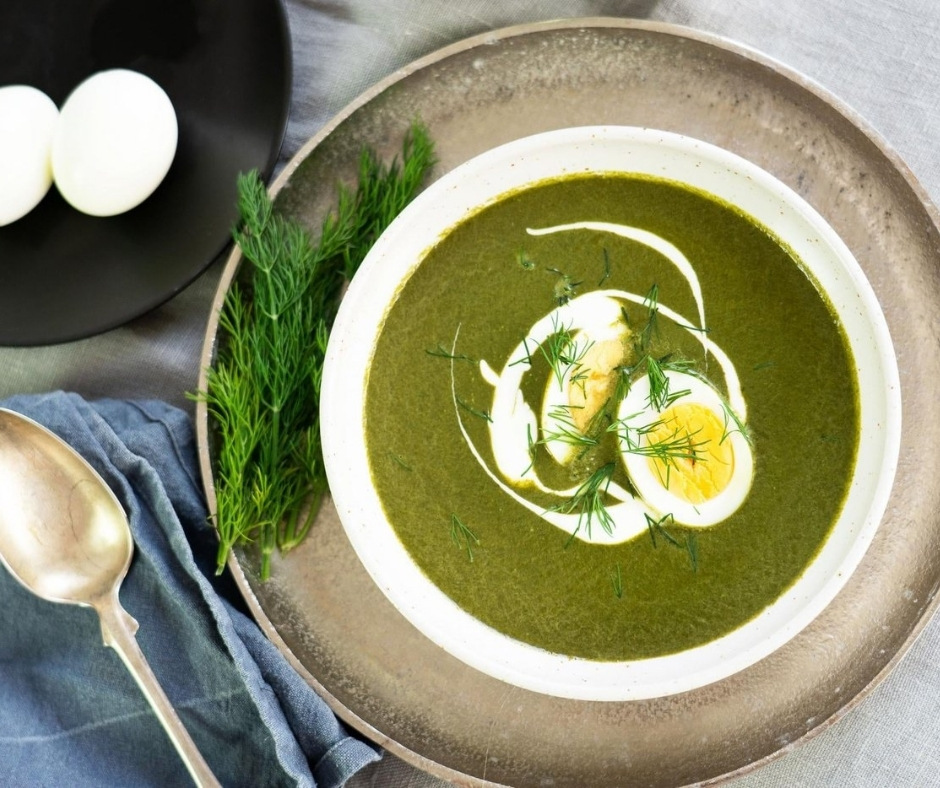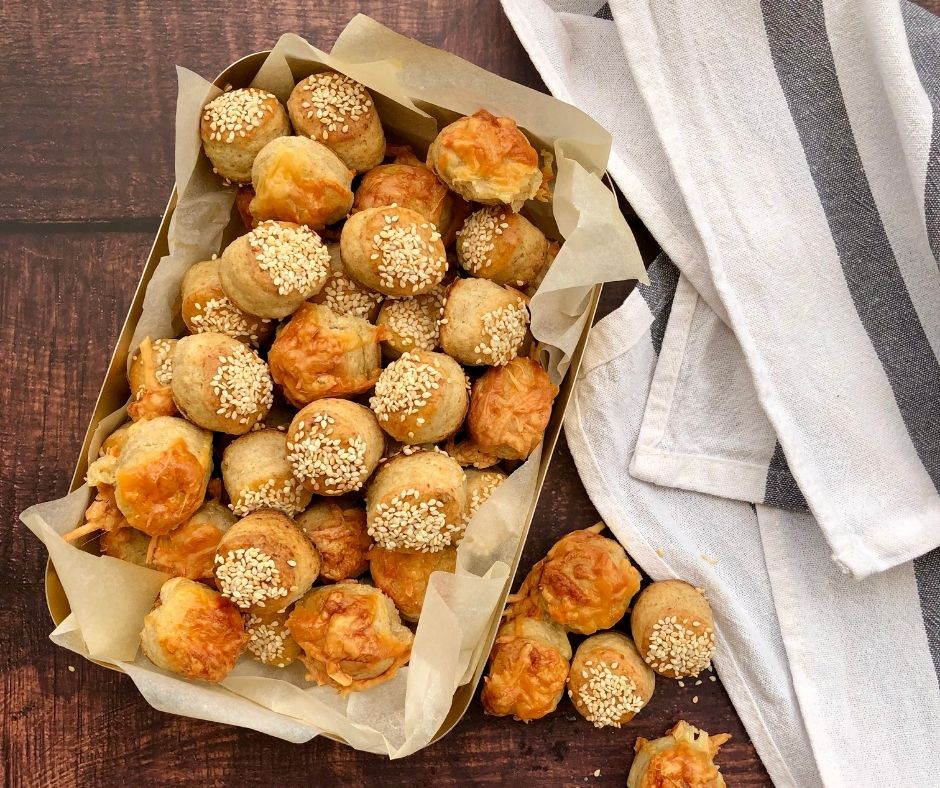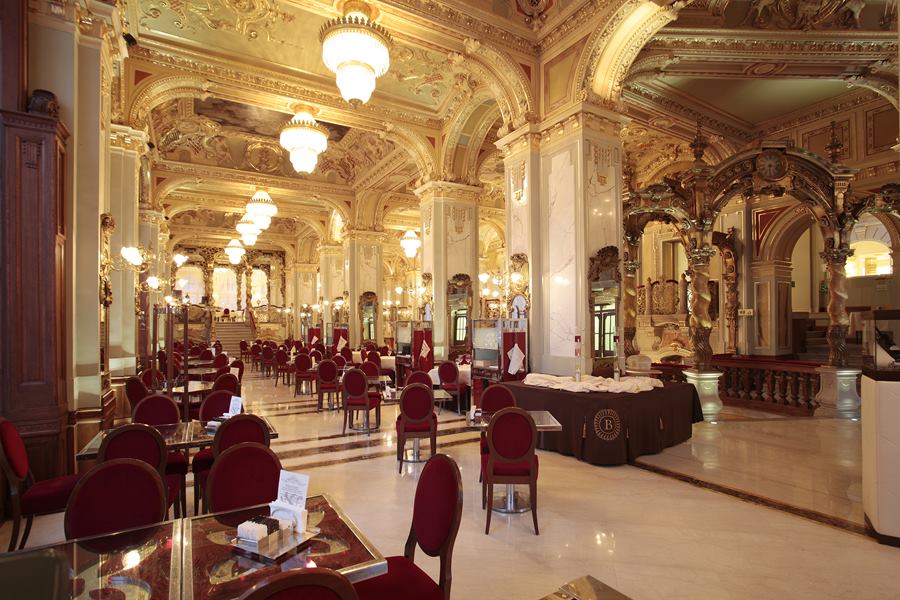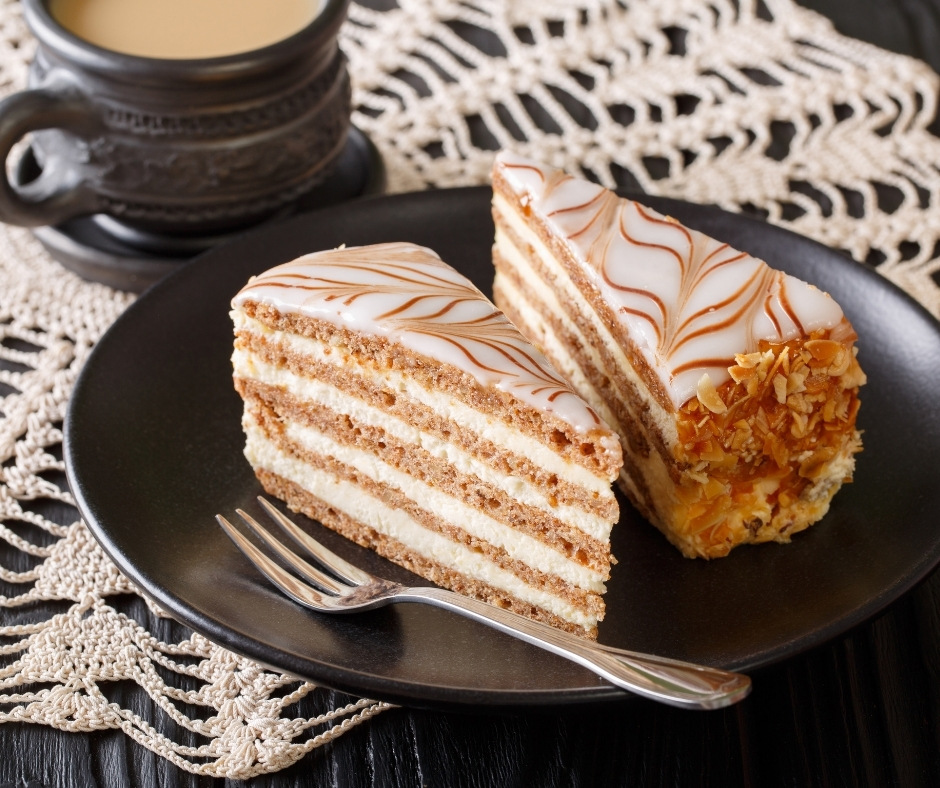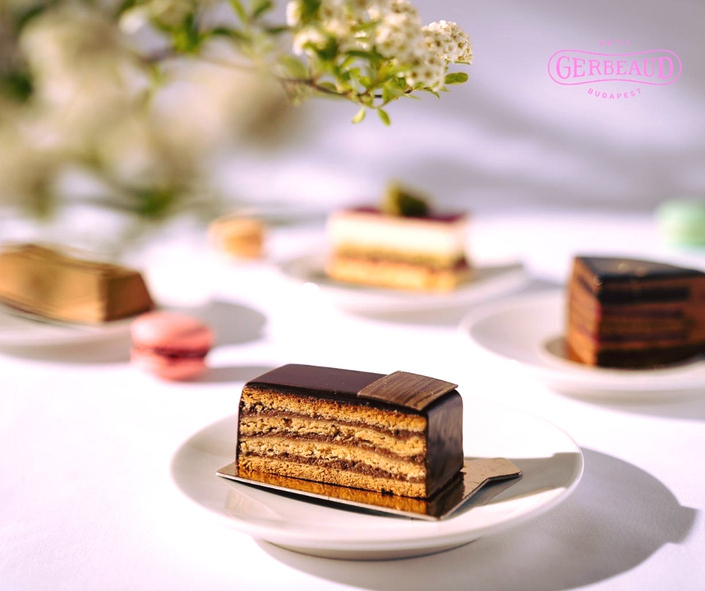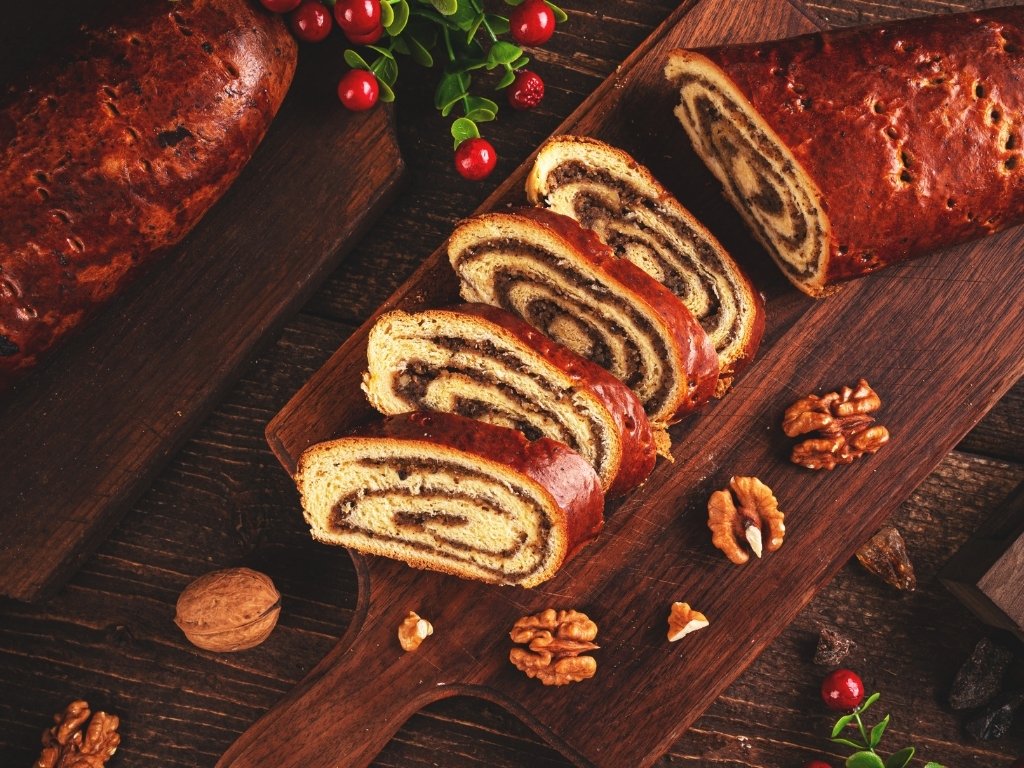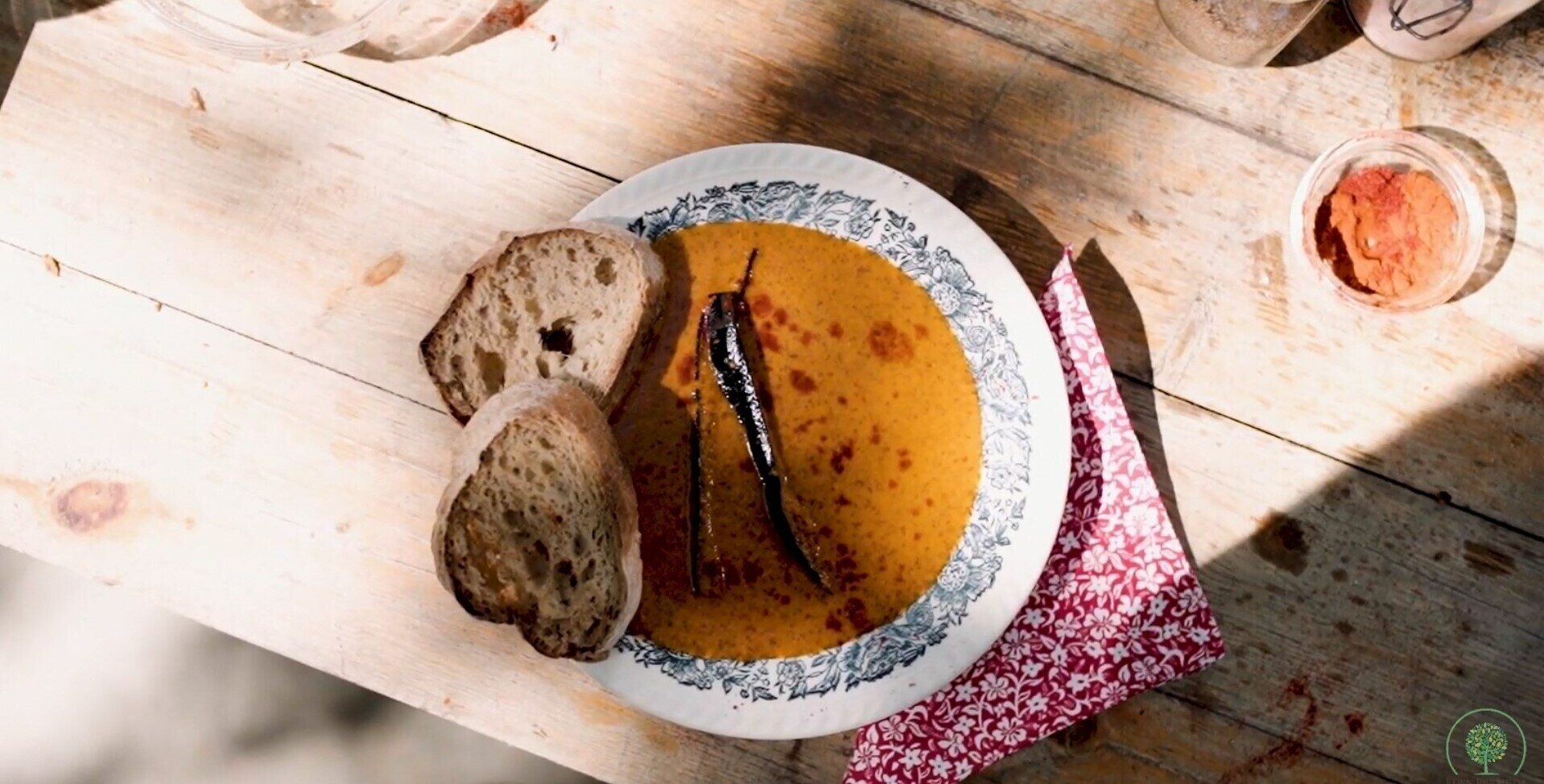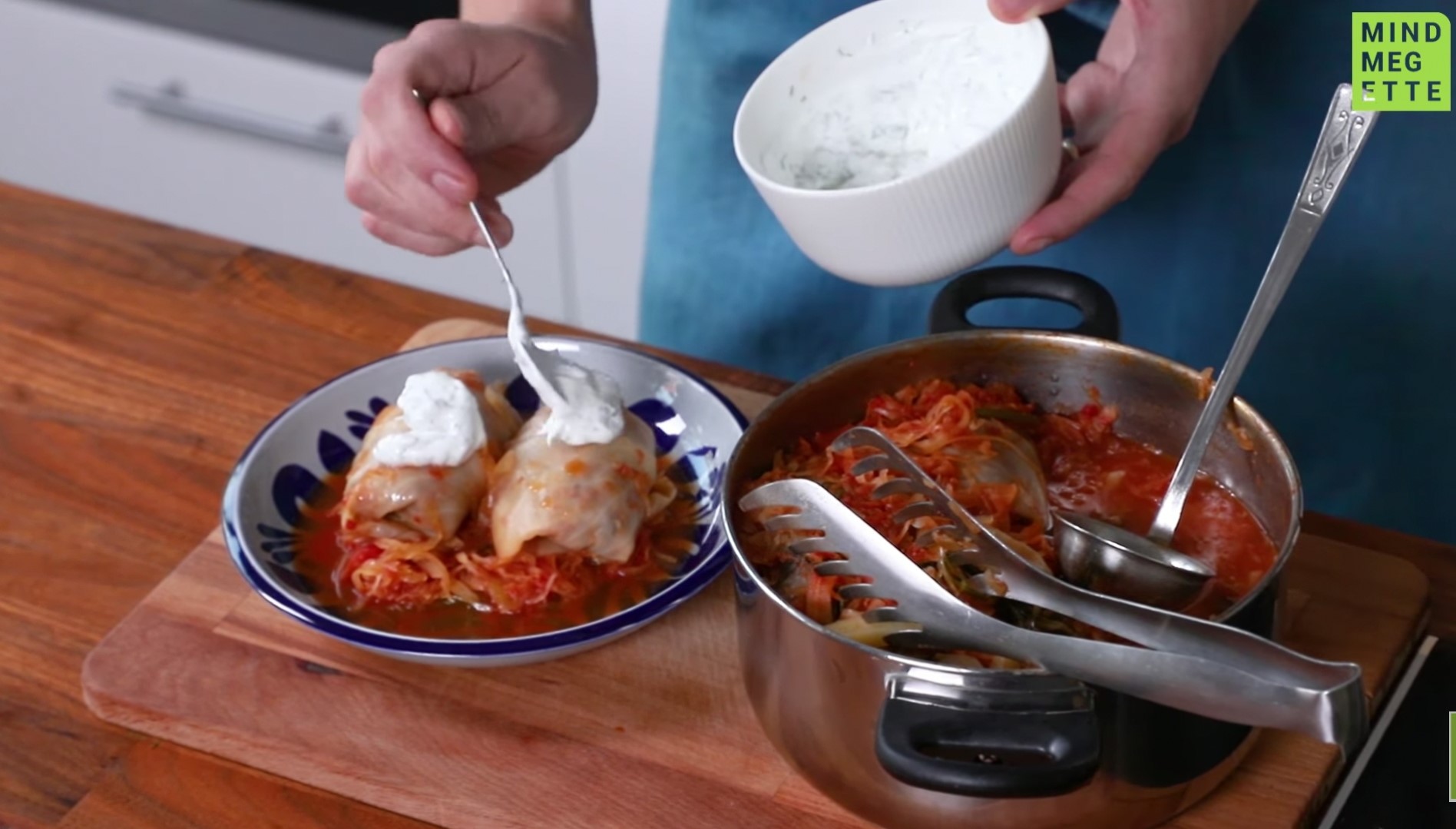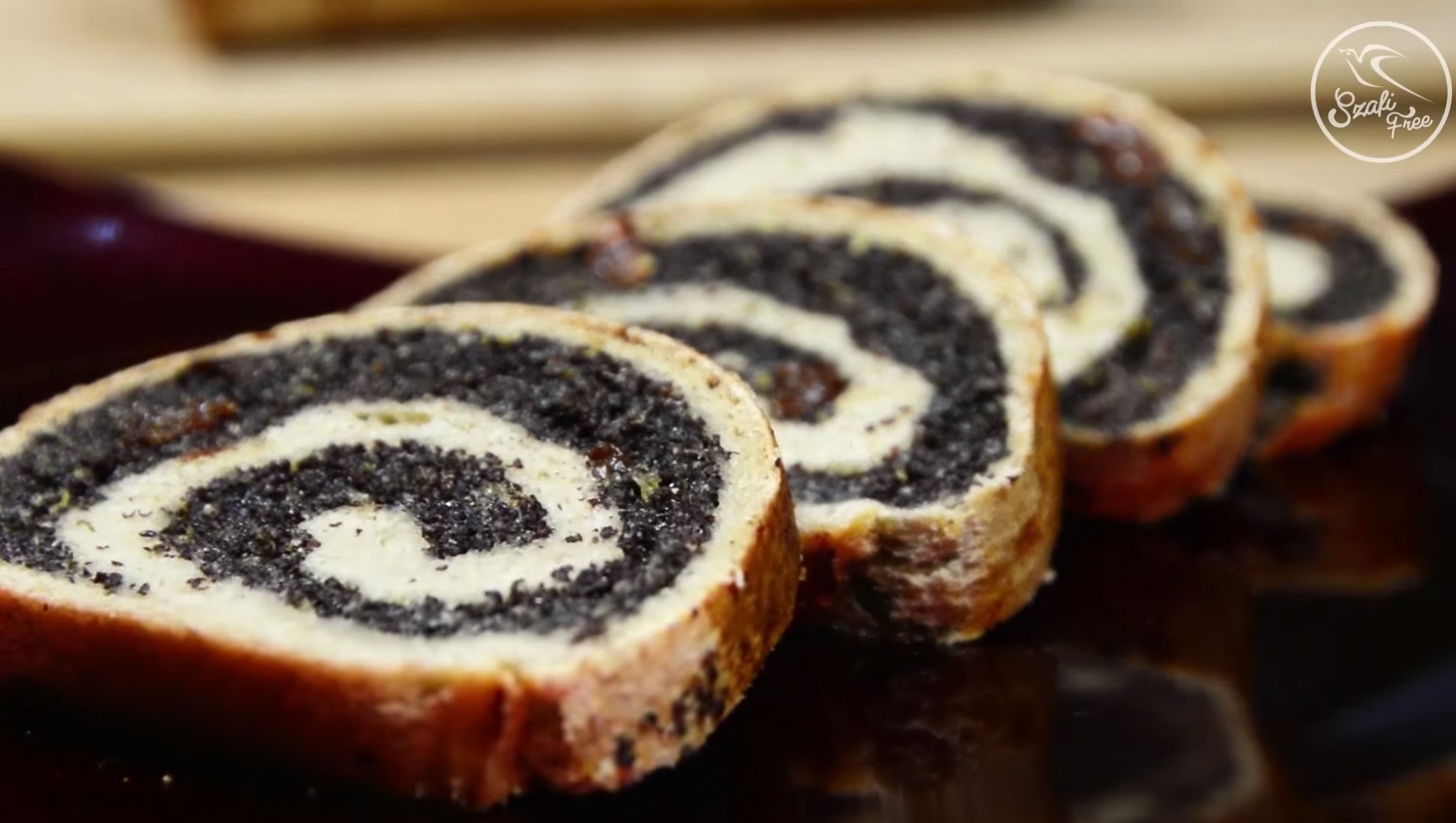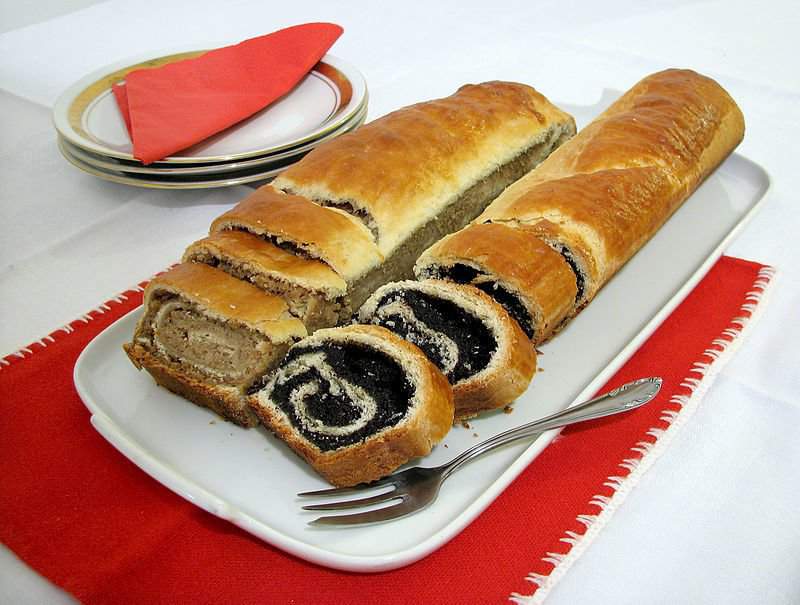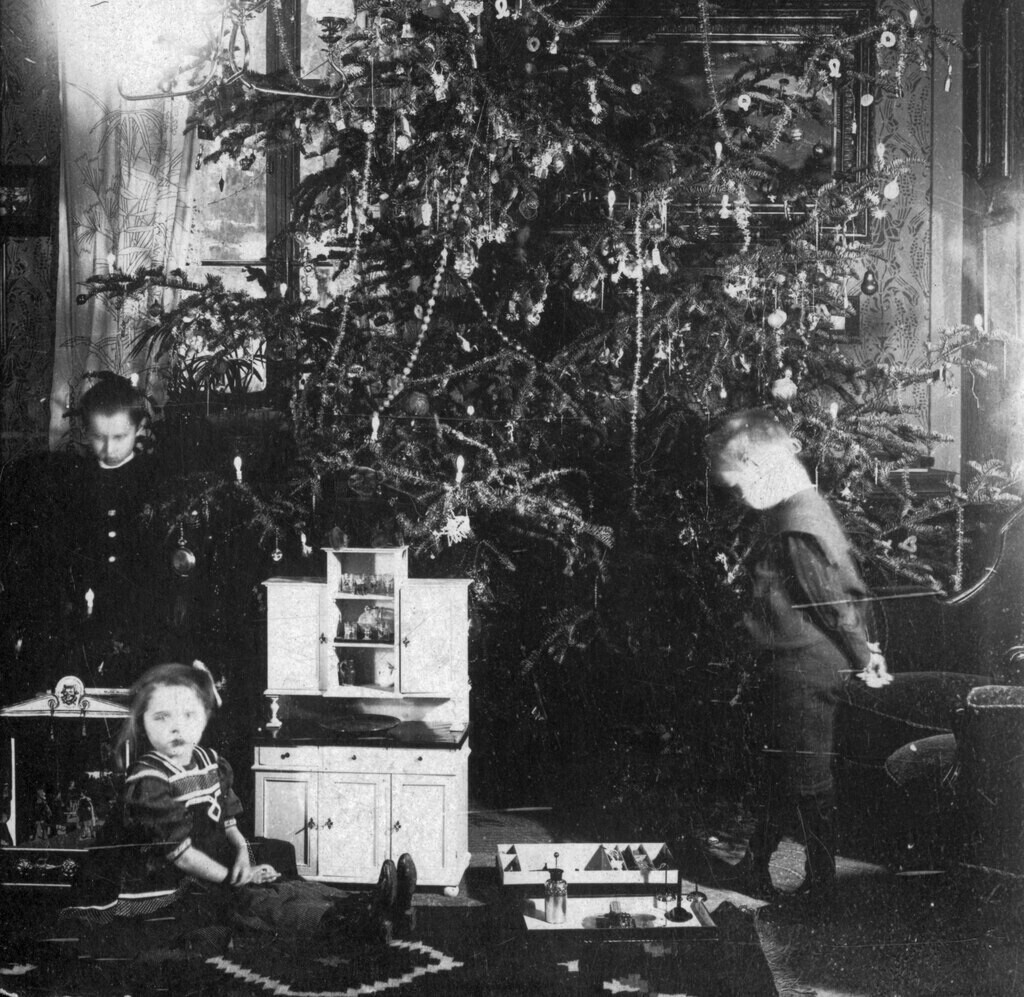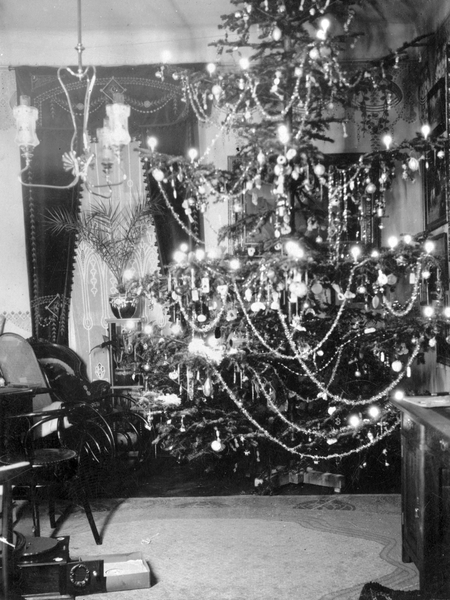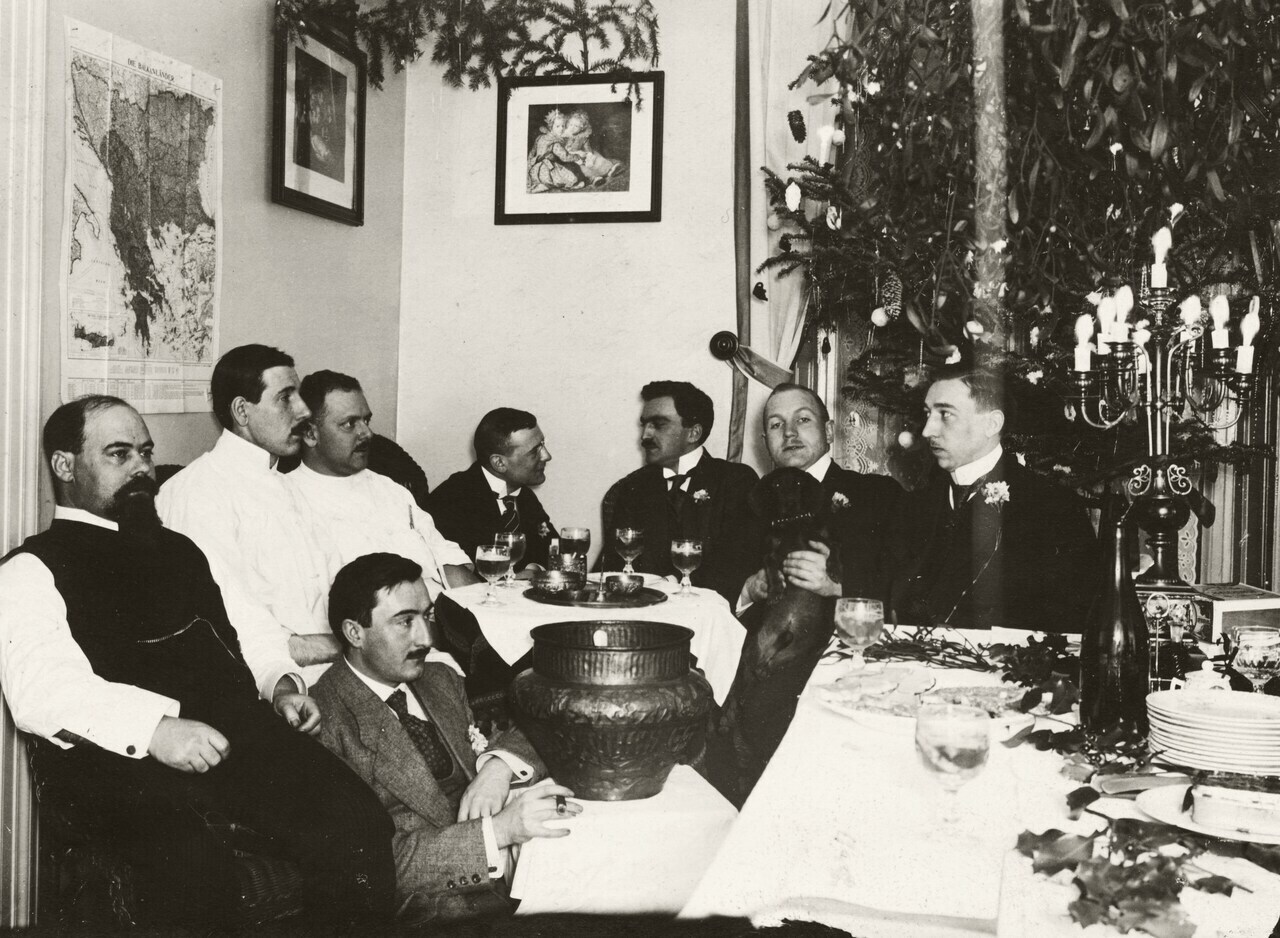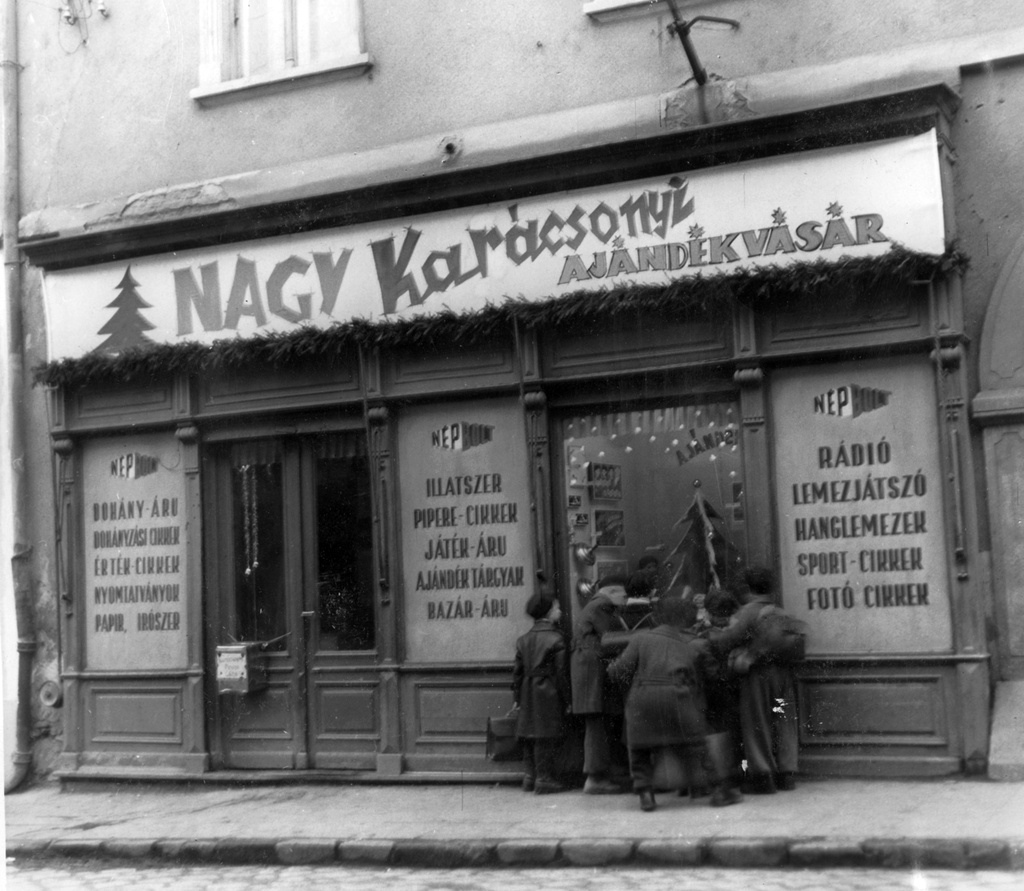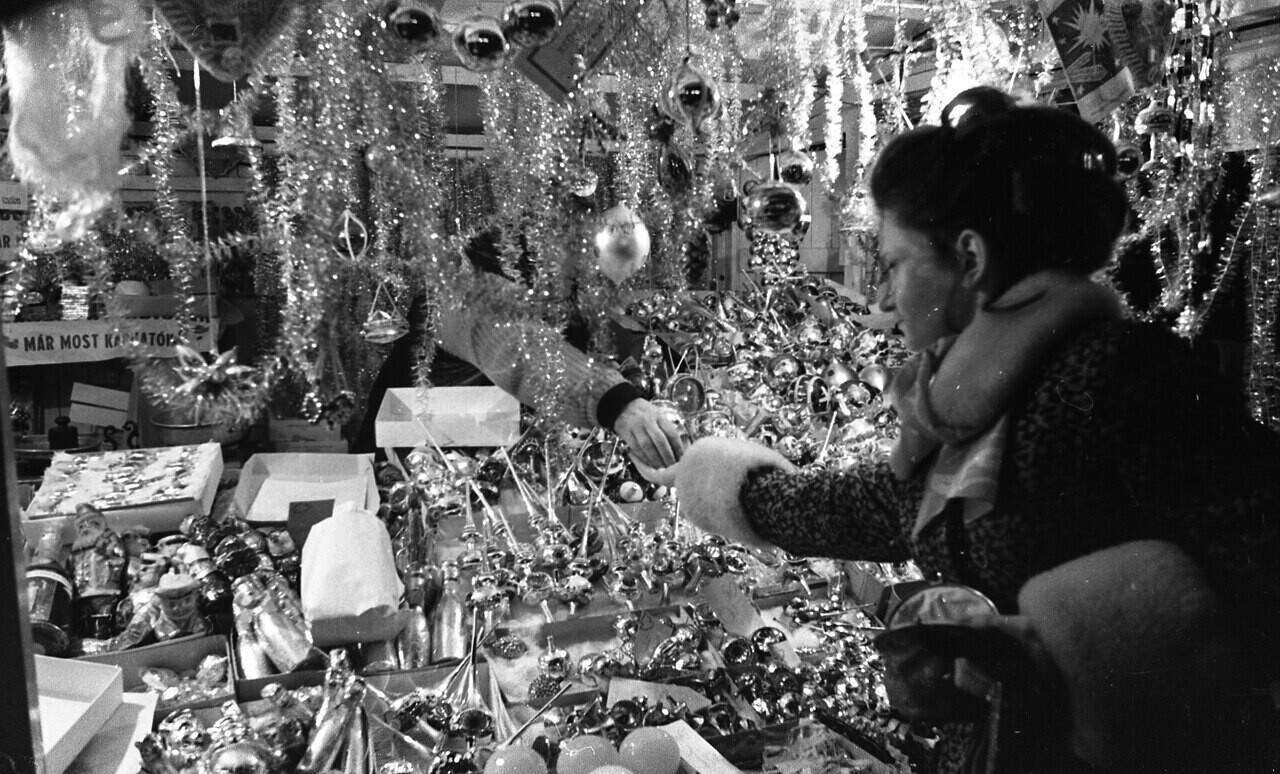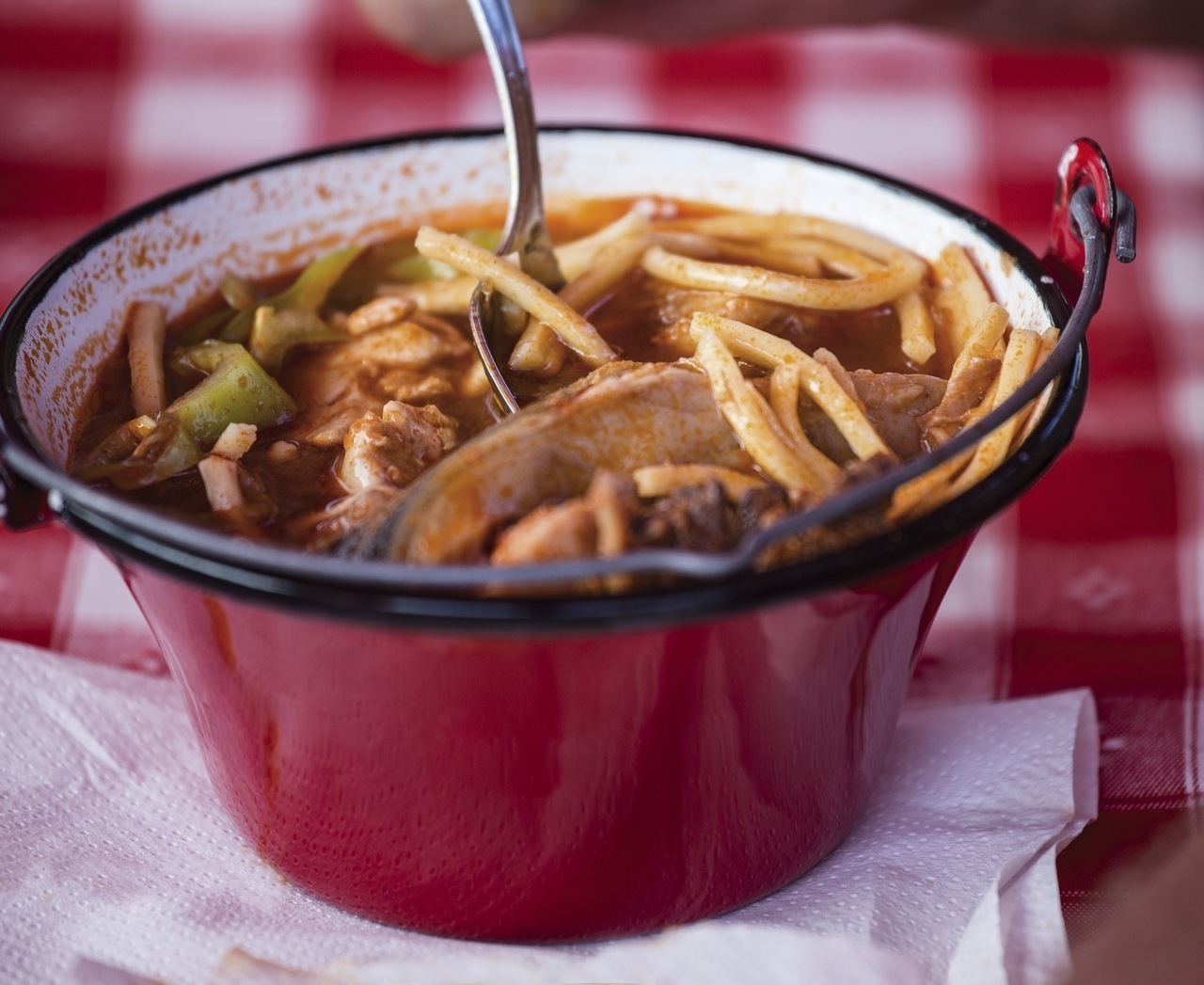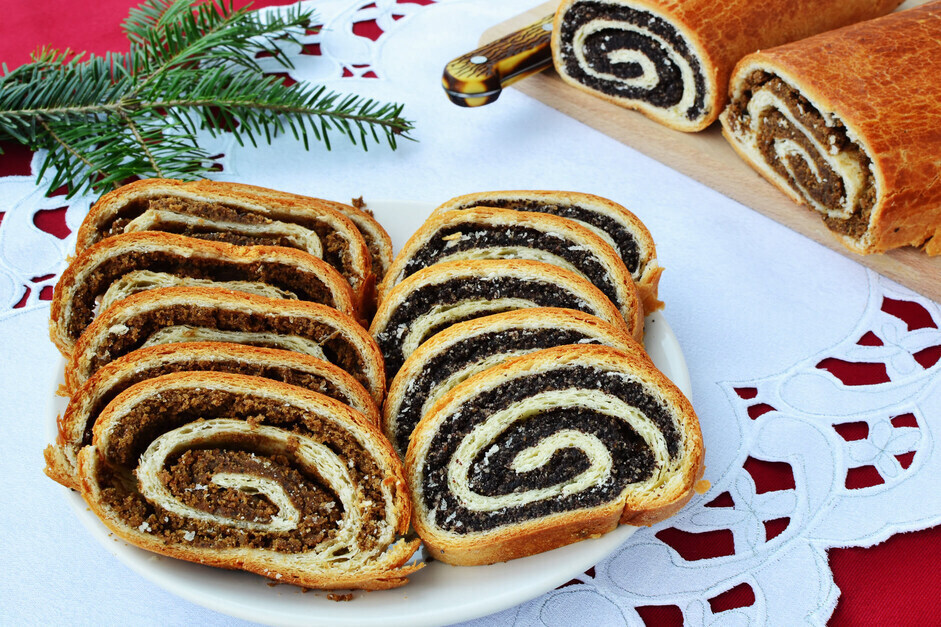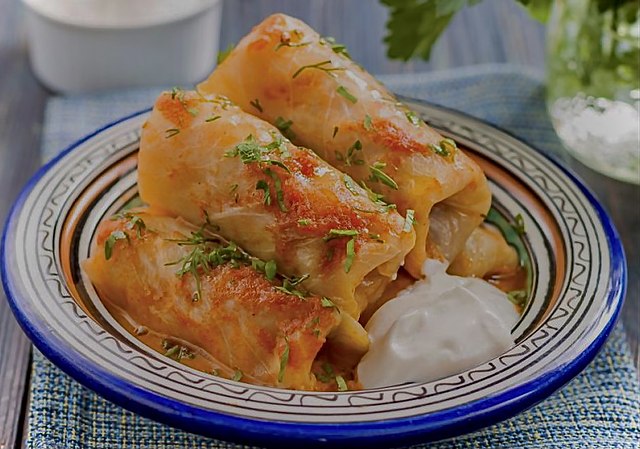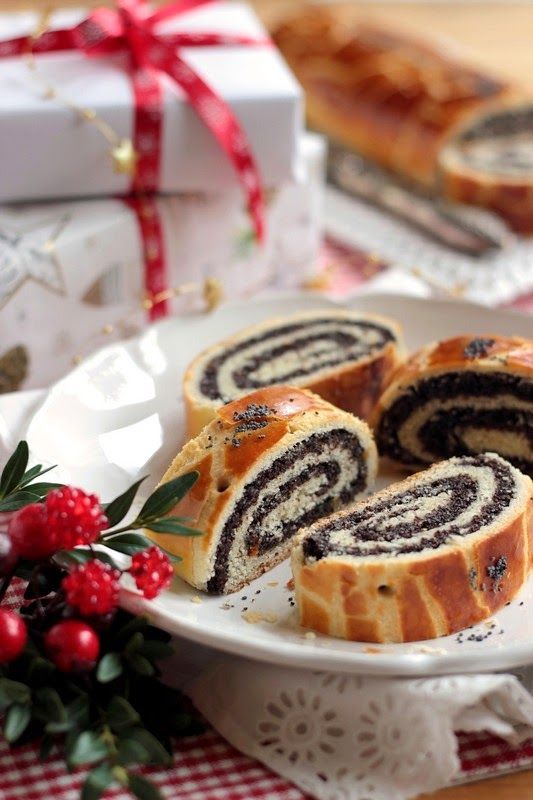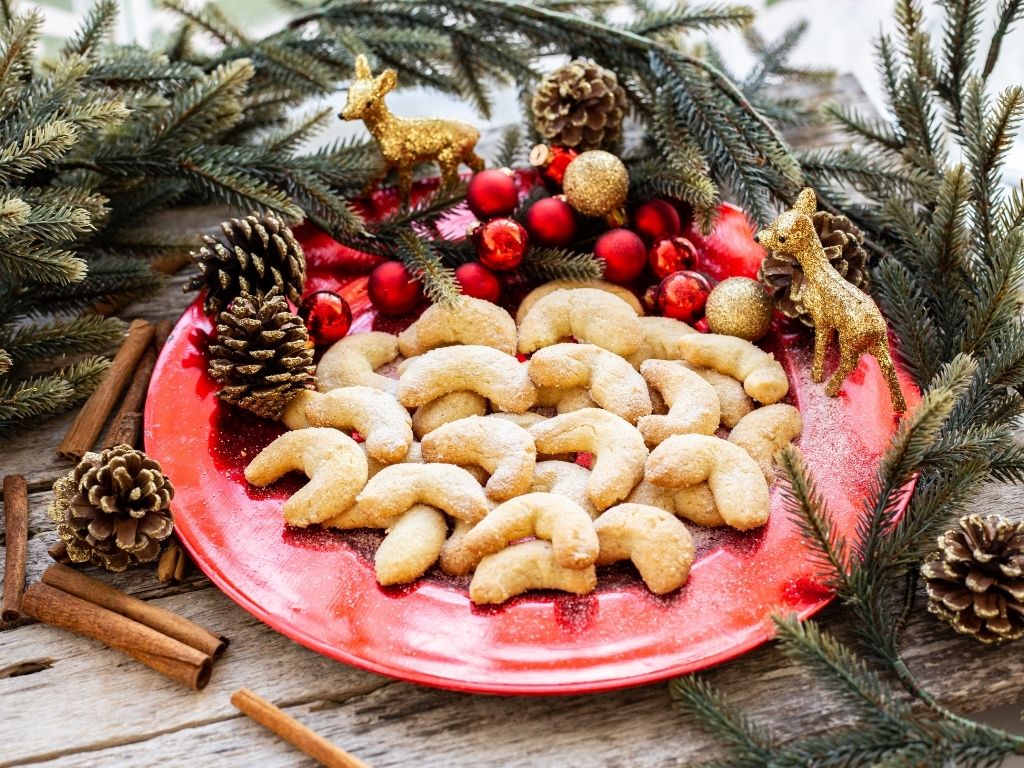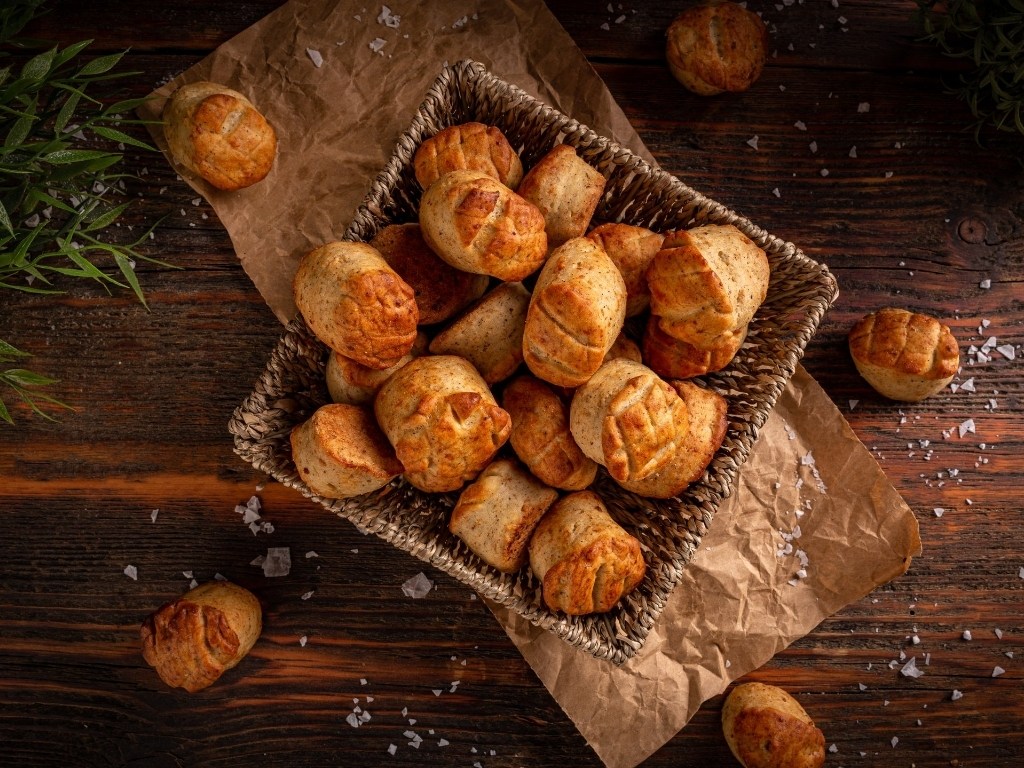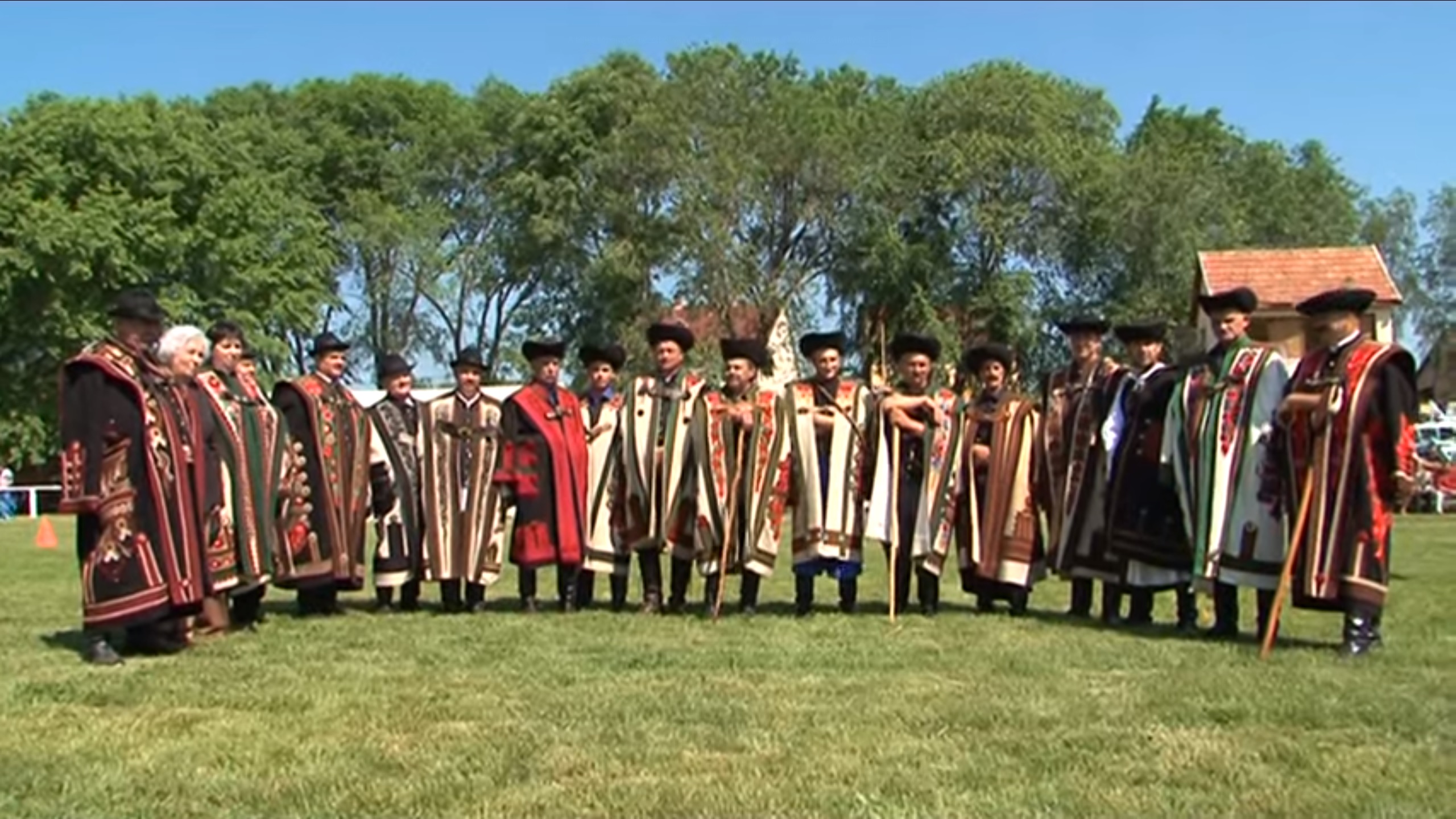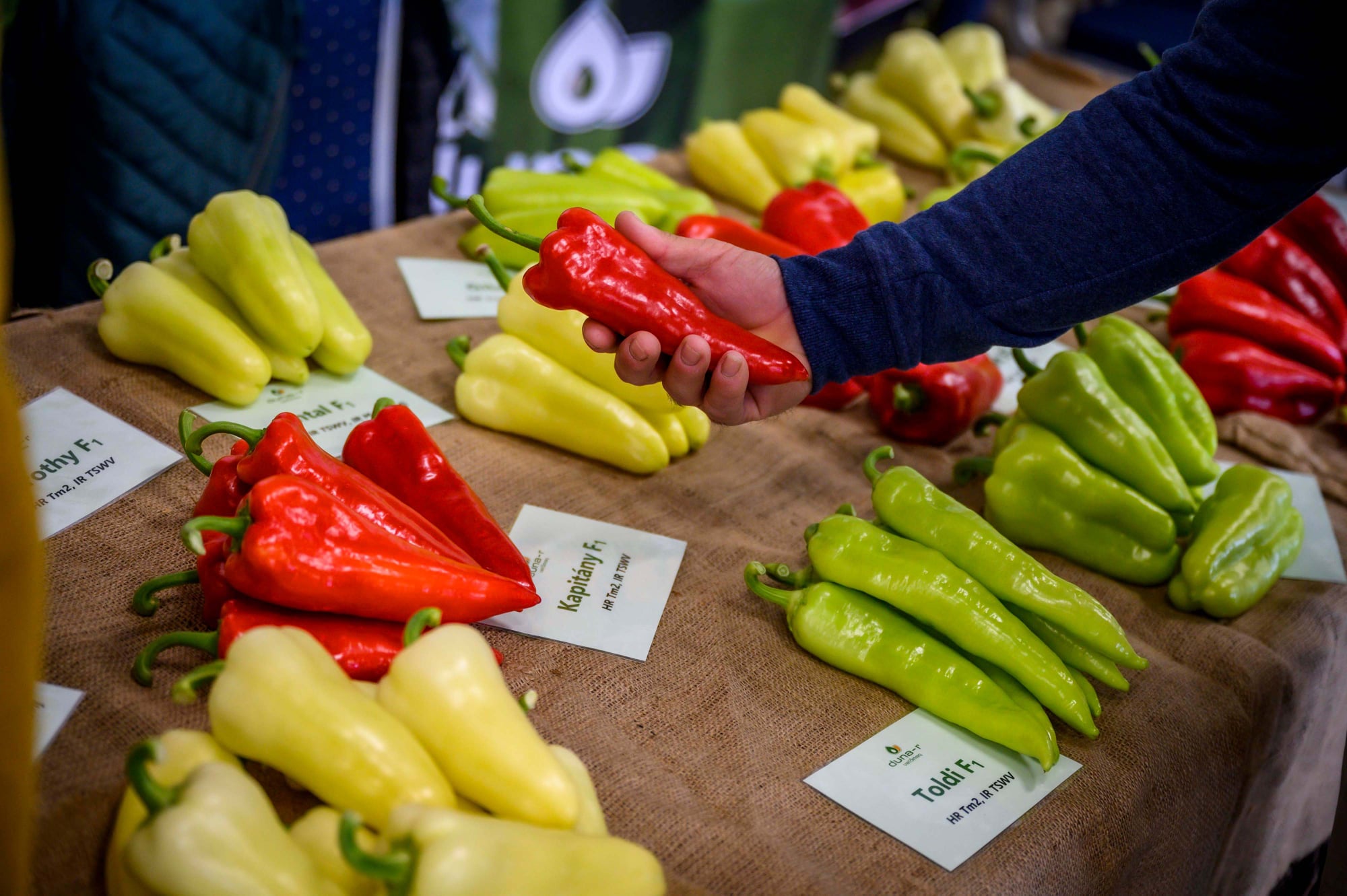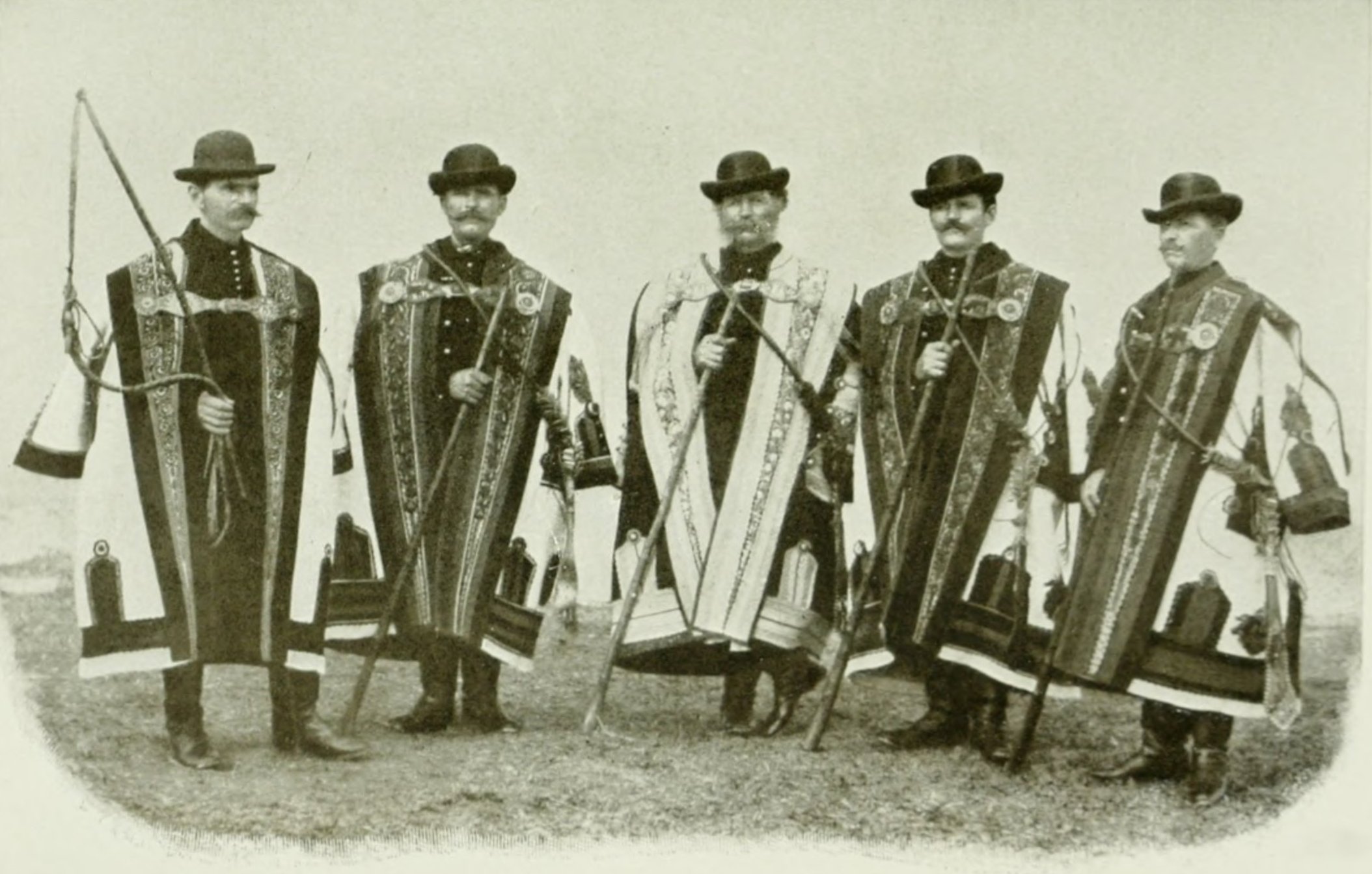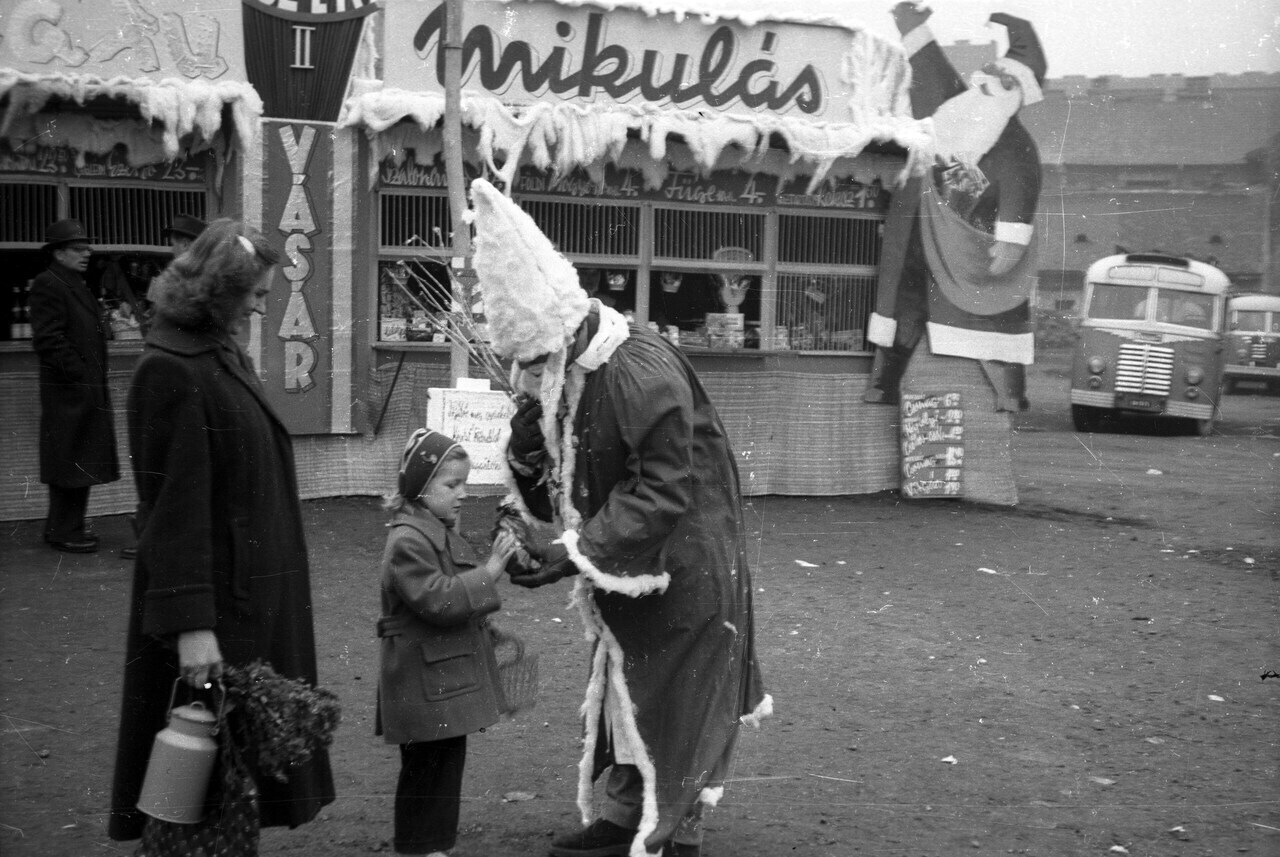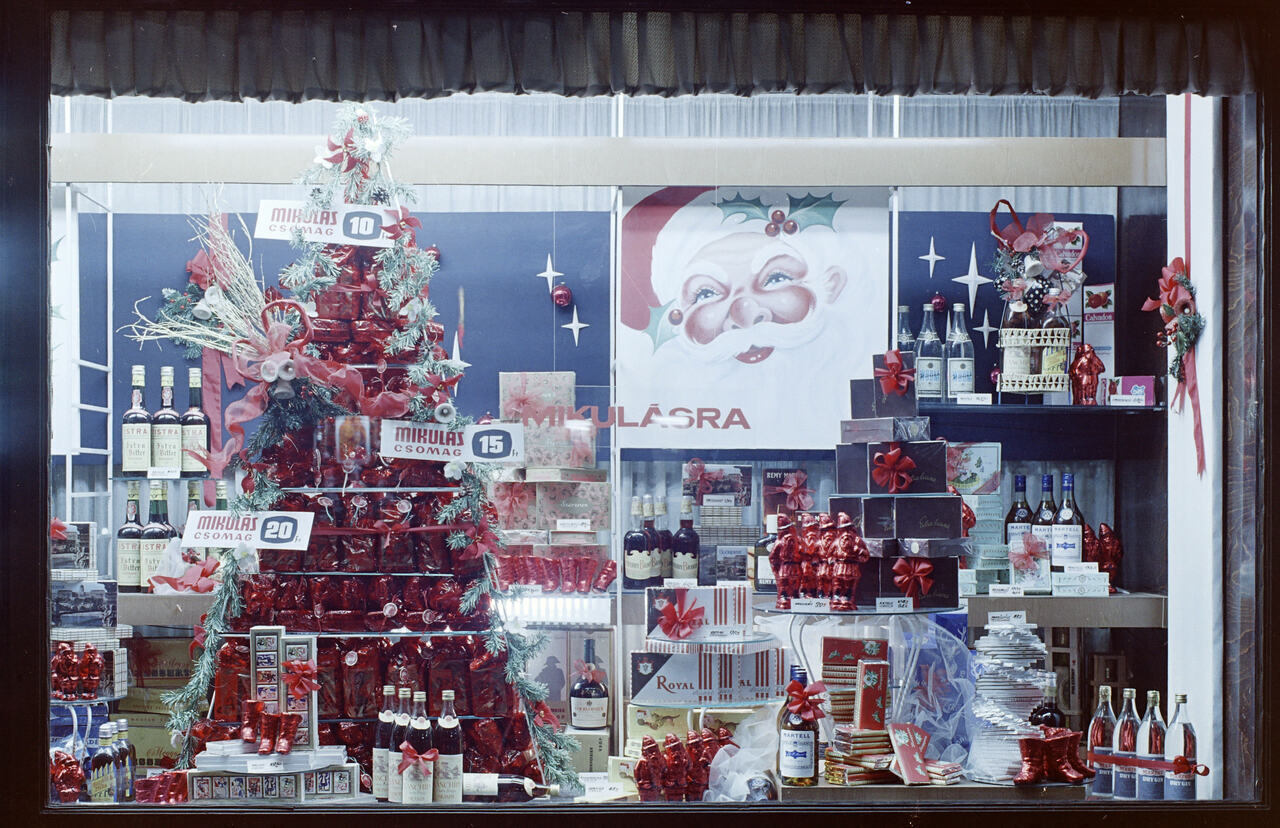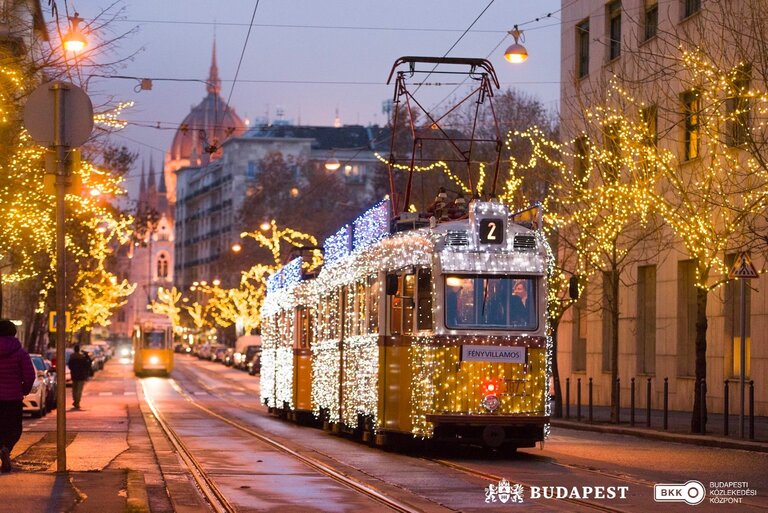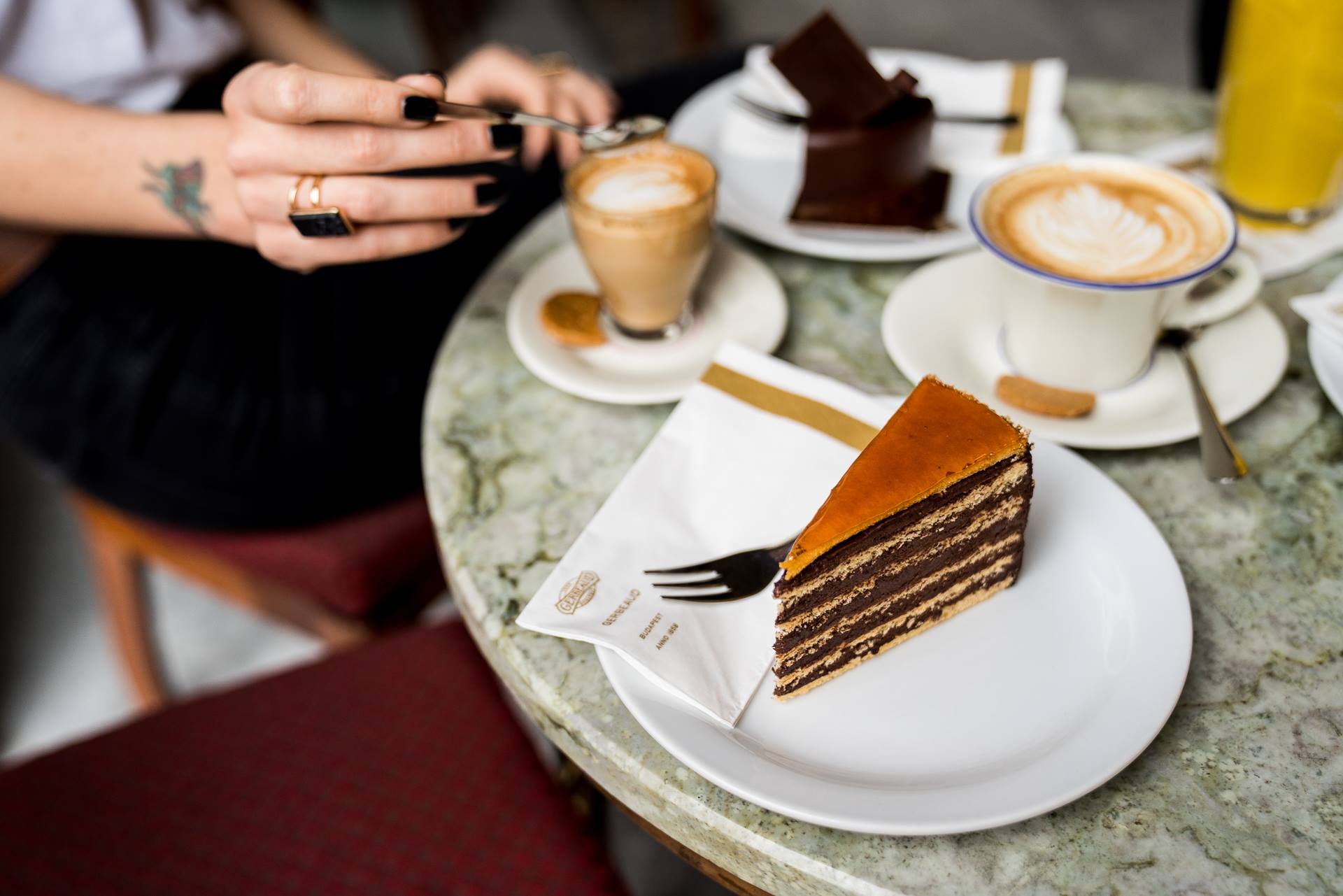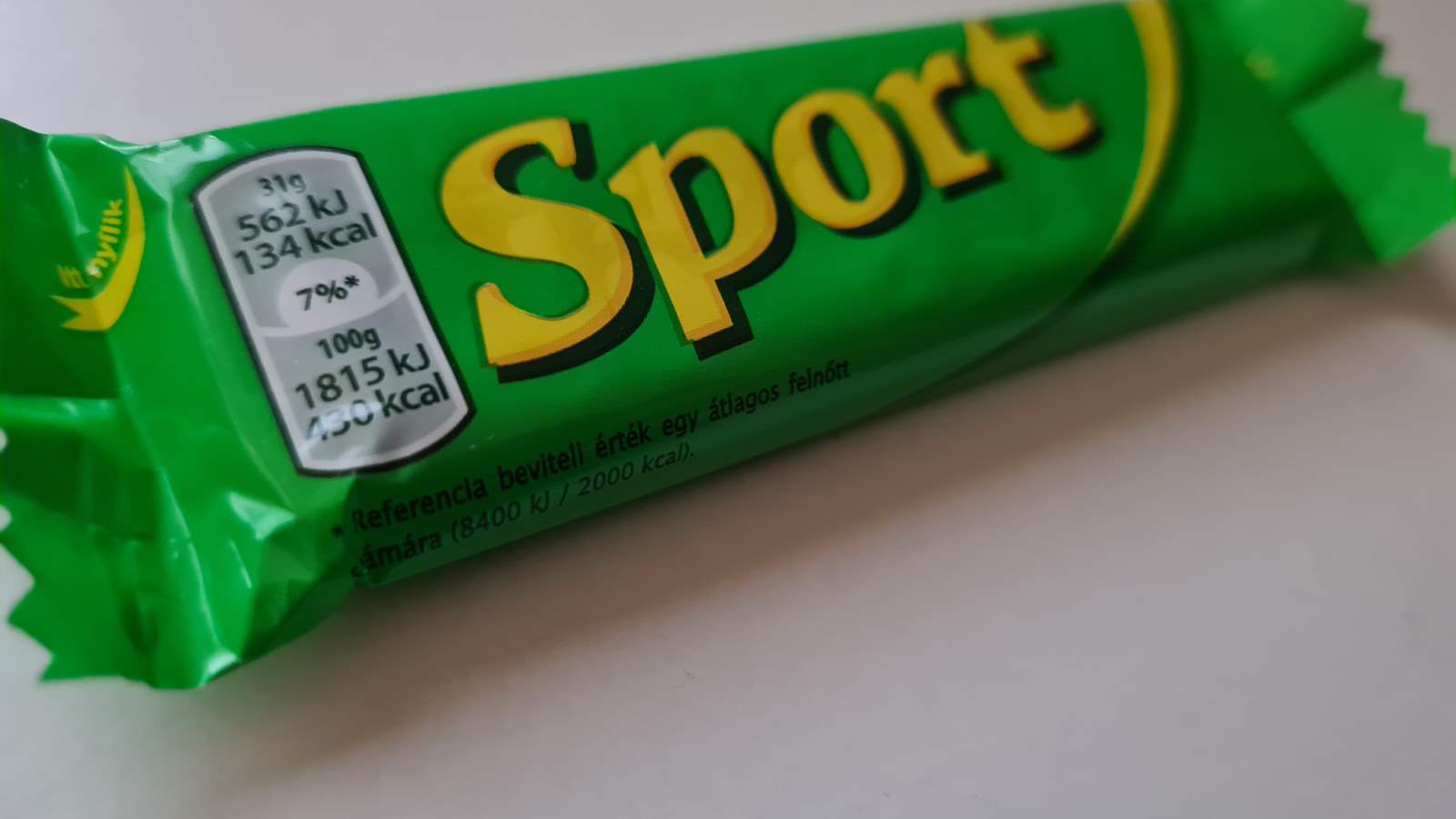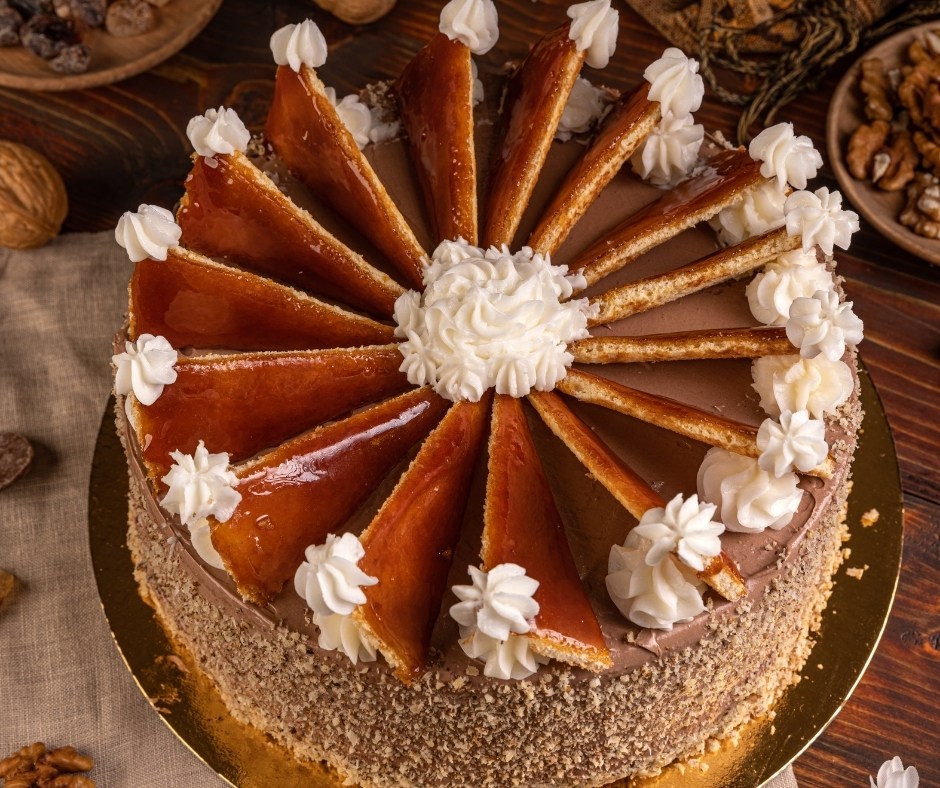Traditional Hungarian events await visitors in the Carnival season
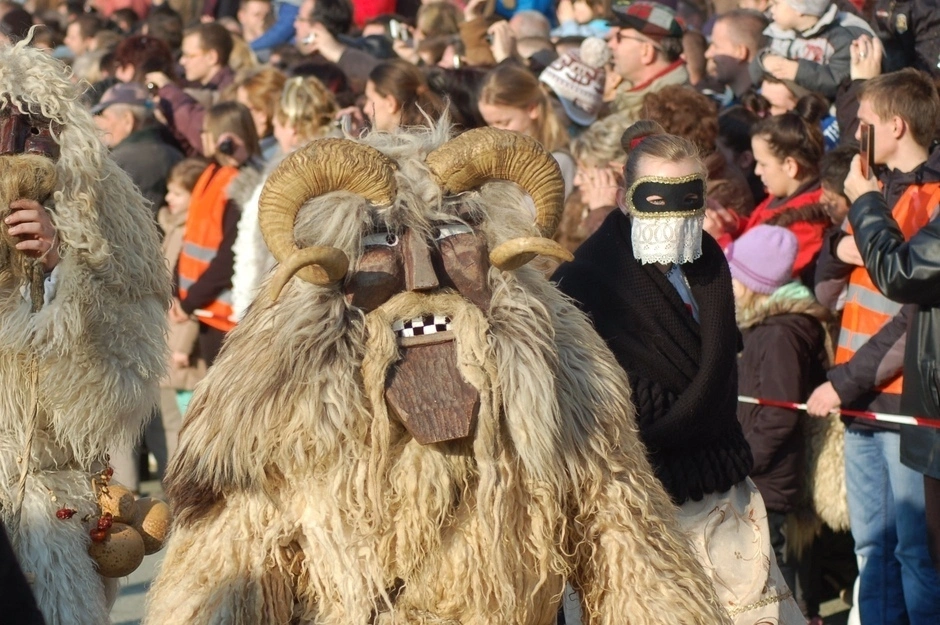
Due to the emergence of the coronavirus and its waves of infection last year, even the iconic Busójárás was cancelled. Now, in 2022, there is a possibility to make up for the festivals that had to be postponed or cancelled in last year’s Carnival season in Hungary.
Carnival season
In Hungary, Carnival season, or as we call it, the “farsangi időszak”, is a traditional Christian-Hungarian holiday all about balls, feasts, merriment, and masked or costume parties.
It starts on January 6th, a.k.a. the Epiphany, and ends the day before Ash Wednesday. Traditionally, Ash Wednesday is the start of the 40-day fast called Lent preceding Easter Sunday, says Nevezetesnapok.
Although the start of the Carnival season is always on the day of Epiphany, the endpoint of the celebrations is a moving holiday. In 2022, the Carnival season ends on March 2nd.
Busojárás is one of the most iconic holidays in Hungary related to this season of merriment. It is a six-day carnival marking and celebrating the end of winter. It attracts great crowds to Mohács and the surrounding area.
Busojárás has been a part of UNESCO’s Representative List of the Intangible Cultural Heritage of Humanity since 2009 and has been a Hungarikum since 2012.
Read also: Busójárás returns in 2022! — PHOTOS
Festivals to look out for
Since the Carnival period is all about merriment and feasts, there are a lot of traditional Hungarian gastronomic festivals to choose from, like pig slaughters and butchers’ competitions, as well as sausage-making festivals and Pálinka festivals. With the help of Origo, we have collected some ideas for you:
Butchers’ competitions
February 5th
Gyomaendrődi Disznótoros és Böllérpálinka Verseny 2022
This event showcases the traditions of disznótoros with an overload of gastronomic experiences from pig slaughters to tastings and Pálinka competitions, as well as raffles and markets.
Visiting is free until 14:00. A ticket, which works as a raffle as well, costs about €3 (1,000 forints).
The goal of this festival was to reinvigorate the Hungarian tradition of pig slaughtering. Food and drink stalls are available all day, just as traditional pork dishes and sausages, and the event is accompanied by music and dance.
Visiting is free.
February 12th
The main attraction is the pig slaughter competition followed by making disznótoros dishes from the animal’s parts.
Visiting is free.
Sausage Festivals
January 29th
Kolbásztöltő Verseny és Fesztivál Mosonmagyaróvár
This is the perfect opportunity to tase both traditional Hungarian and special, crazy sausages in Mosonmagyaróvár.
Visiting is free.
February 11-13th
The goal of this event is to showcase the making of traditional Hungarian sausages and to introduce visitors to rural life in Hungary.
Drinking festivals
January 26-30th
Forraltbor és Pálinkafesztivál 2022 Budapest
What awaits you: barbecue, cheese, artisanal products, and a truly merry atmosphere.
February 19th
An event of music and celebration with a lot of delicious mulled wines is guaranteed.
Mangalica festivals
February 25-27th
Debrecen
In Debrecen, the festival of this strange Hungarian species of pig with delicious meat is organised for the 13th time this year. You can see and maybe even pet this hairy type of pig, as well as taste delicious traditional dishes made from them.
Visiting is free.
March 18-20th
Budapest
Although late to the Carnival season, this Mangalica Festival will be organised in the capital of Hungary, Budapest, and since it is a free event, you might not want to miss it.
Special food festivals
February 12-13th
Csokoládé és Édesség Fesztivál
For the lovers of cakes, chocolate, and sweet things. This two-day event offers you possibilities to try yourself out in cake- and chocolate-eating competitions. There are also many kids’ programs, as well as music and raffles.
Tickets cost €4.5 (1,500 forints).
February 13th
If you like Hungary but you would like to try something other than traditional food and meat-heavy dishes, this is the perfect place for you. You will certainly find vegan cheese, cookies, sandwiches, and many hand-made products.
The event is dog- and child-friendly.
Cultural festivals
You can find many events to choose from HERE, but we have to highlight one.
February 12th
“The programme aims to present the extraordinarily archaic and incomparably rich popular traditions and culture of Moldova and Gyimes Csángós to the Hungarian and the international public. With our festival, we would like to create an occasion for the Csángós to bring and present, to those interested, the culture they cultivate, their national costumes, customs, music, dances in the context of a stage performance,” they wrote about themselves.
MOM Cultural Centre


